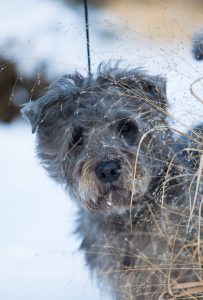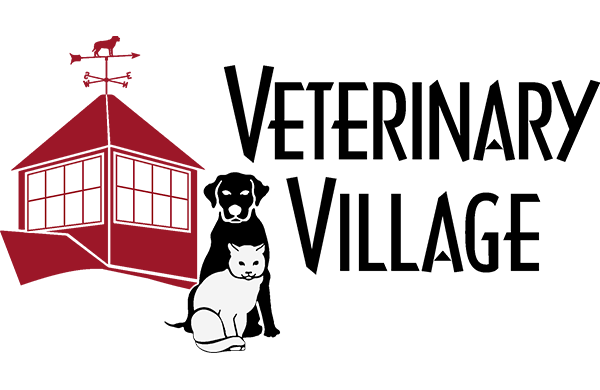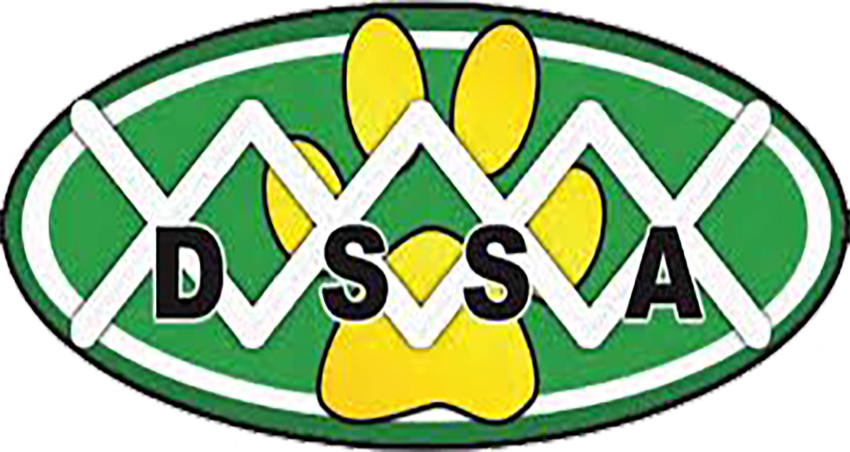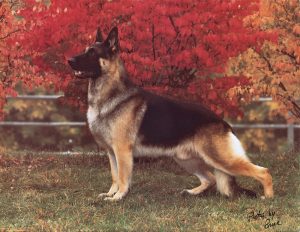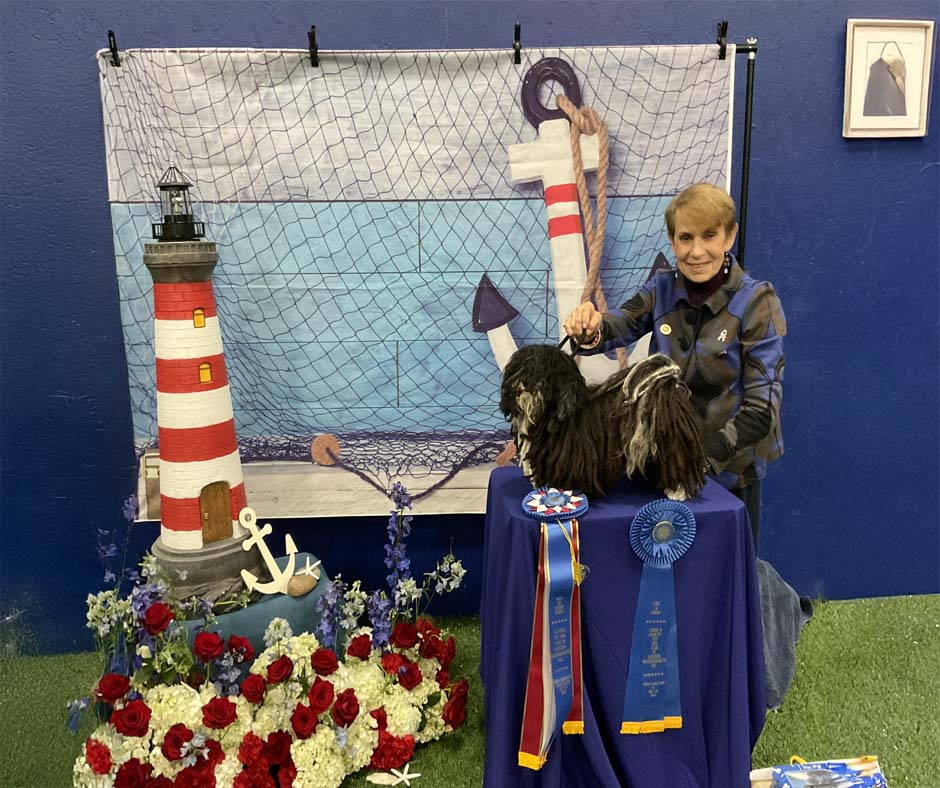207 — Short-Legged Dogs Bred for a Purpose
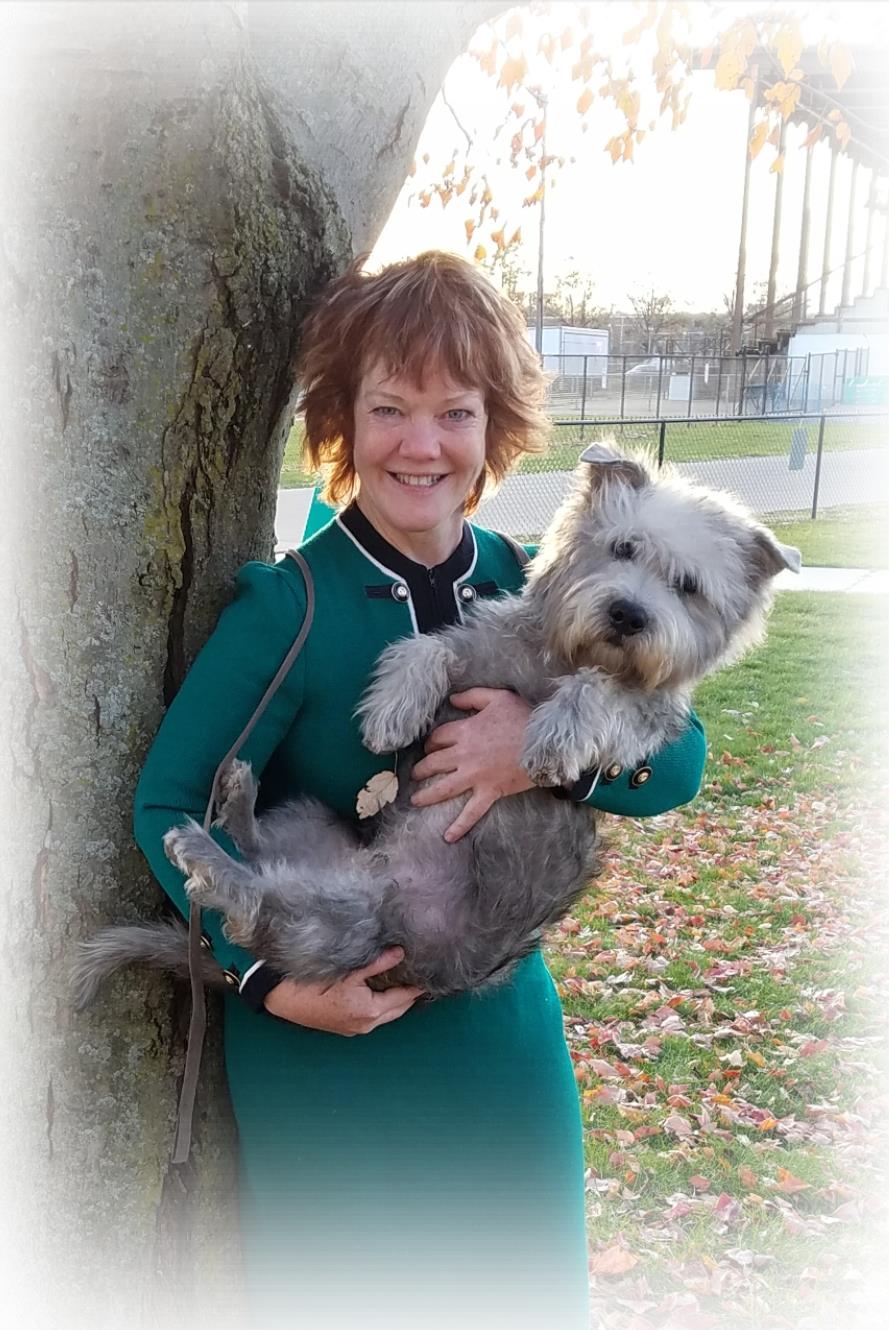
Short-legged dogs and Wrap-around fronts
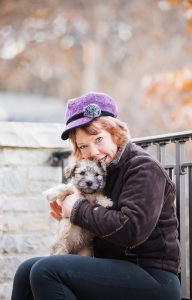 Theresa Nesbitt is a retired ob-gyn physician with a focus on skeletal abnormalities. Her hobby is breeding and exhibiting Glen of Imaal Terriers and Dachshunds. The combination of these two passions led her to extensive study of the conformation of purpose bred, short-legged dogs and wrap-around fronts.
Theresa Nesbitt is a retired ob-gyn physician with a focus on skeletal abnormalities. Her hobby is breeding and exhibiting Glen of Imaal Terriers and Dachshunds. The combination of these two passions led her to extensive study of the conformation of purpose bred, short-legged dogs and wrap-around fronts.
“It’s an interesting puzzle,” Nesbitt said. “There is a lot of overlap between the breeds that have this conformation.”
Genetics and expression of dwarfism
Researchers have just recently identified the genes responsible for this function, Nesbitt said.
“It’s a very, very old gene,” Nesbitt observed. “And a very interesting kind of gene. Literally it made a second copy, snuck back into the nucleus and puts itself on the recipe book. Two copies of the gene and the second one doesn’t have instructions. We call it a retro gene.”
Understanding how and why genes turn on and off is going to help the medical field understand cancers and more in the future, Nesbitt noted
What’s your job description
Through history, people in widely varied areas of the world found purposes for short-legged dogs.
“They found the gene in the gray wolf. It wasn’t expressed, but it was there to be inherited,” Nesbitt said. “It popped up in many places and became a purpose-bred gene because, depending on the task you wanted to do, a short-legged dog can do a lot of different jobs.”
Vermin hunting and going to ground were amongst the most common purposes for which people developed and perfected the genetic inheritance for short-legged dogs.
Badger hunting was the most dangerous job and required the most experienced dogs. A badger “sett” is like a series of tubes and chambers, Nesbitt said.
Other short-legged breeds include corgis, who were low enough to duck under the kicking heels of cattle, Basset Hounds, Glen of Imaal Terriers who were used, amongst other jobs, to run on a “turnspit.”
Glen of Imaal Terriers were bred with short legs so they could run on a turnspit and fit under the spoke of the wheel.
“A turnspit is like a hamster wheel,” Nesbitt said. “It’s a labor-saving device to turn meat over the fire etc. The dogs have to fit under the middle spoke. They have to have short legs.”
It’s what’s up front that counts
In most of the short-legged breeds, the front construction is designed in such a way that the front “wraps” around the rib cage, particularly those breeds in which the chest is below the level of the elbows.
The deep chests, pronounced prosternum and extensive keel (sternum) on these breeds again serves a purpose. Dogs that dig underground rest on their keel as they dig with their front legs, throwing dirt to the side much like a badger does. Taller terriers throw dirt between their back legs as most of us are used to seeing.
The overall front assembly and shoulder construction of short-legged dogs, whether the legs are underneath dog or placed out on the side, also is affected by the job they were designed to do.
When the front wraps around the ribcage, in some cases it leaves the dogs with slightly out-turned feet, to a greater or lesser degree based on the job and overall substance of the dog.
“A fiddle front is always undesirable,” Nesbitt said. “When the forelegs come very far in and point very far out. There is no sense that any job would require that construction.”
Join us next week as Theresa and I talk about when achondroplasia goes wrong.
And stick around for Allison Foley’s Tip of the Week from the Leading Edge Dog Show Academy and what to do about dogs blowing coat.
Our Valued Corporate Sponsors:
Our Esteemed Advertisers:
Our In-Kind Supporters:
KNOWLEDGE IS POWER — FRANCIS BACON
When you become a patron of Pure Dog Talk you’ll tap into an exclusive community of experts to help you and your dog be blue-ribbon best at whatever you do with your purebred dog! Your support helps keep the MP3's rolling at Pure Dog Talk!
As a supporter, you’ll immediately gain access to the weekly Pure Pep Talk SMS, Pure Pep Talk private Facebook group, and priority emails. Patrons can choose to level up to the After Dark Zoom and a Patrons Digital Badge for their website— even a private counseling session with Laura on any topic.

DON'T MISS AN EPISODE!!


